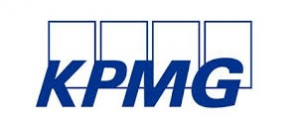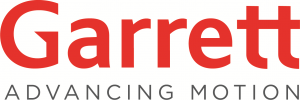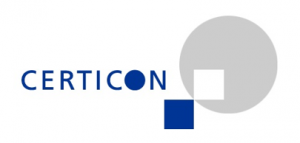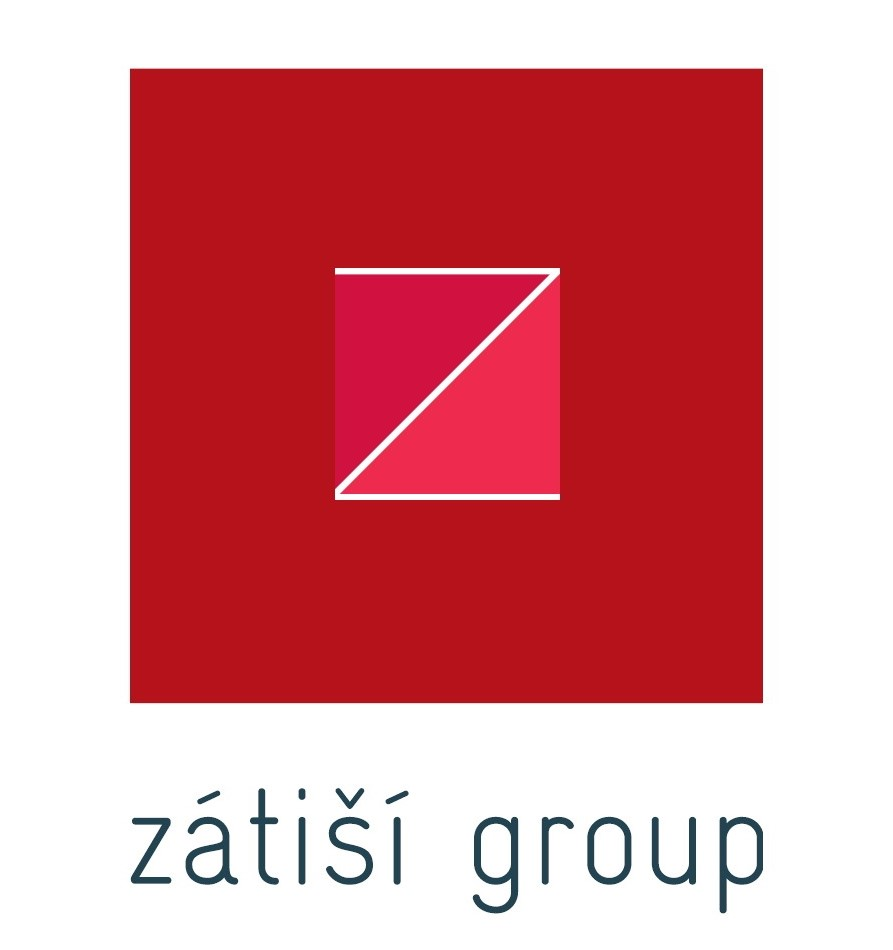How can creative industries benefit from blockchain?
17.08.2017Company: McKinsey & Company, Inc. Prague
Five forces of blockchain technology could affect the creative economy. Here are some of the risks and challenges to overcome.
Many readers will be familiar with blockchain as the underlying enabling technology developed for Bitcoin, a cryptocurrency. Klaus Schwab, founder and executive chairman of the World Economic Forum, provides this summary in his book on the Fourth Industrial Revolution: “In essence, the blockchain is a shared, programmable, cryptographically secure and therefore trusted ledger which no single user controls and which can be inspected by anyone.”
Blockchain has the potential to become a powerful disruptive force. A survey of 800 executives, featured in the same book, suggests 58 percent believe that up to 10 percent of global GDP will be stored using blockchain technology.
Blockchain technology may provide several important features that could be leveraged for use in the creative economy:
- Transactions are verified and approved by consensus among participants in the network, making fraud more difficult.
- The full chronology of events (for example, transactions) that take place are tracked, allowing anyone to trace or audit prior transactions.
- The technology operates on a distributed, rather than centralized, platform, with each participant having access to exactly the same ledger records, allowing participants to enter or leave at will and providing resilience against attacks.
The implications of such features reach far beyond blockchain’s original use in financial transactions. Any transaction, product life cycle, workflow, or supply chain could, in theory, use blockchains.
An artist-centric model for blockchain
In the creative economy, blockchain can redefine how artists are remunerated by acting as a platform for creators of intellectual property to receive value for their work. A common complaint lodged by artists is that, as performance-rights organizations and new intermediaries such as Spotify and YouTube increasingly insert themselves into the value chain between artists and their audiences, artists receive smaller cuts of revenue and have less say over how their creative works are priced, shared, or advertised. For example, on Spotify it would take between 120 to 170 streams for rights holders to receive their first penny.
“Today, when anyone wants to pay for the right to play a song at a concert or the right to play a song in a movie, this causes quite a lot of transaction friction and takes time,” says Wences Casares, CEO of Xapo, one of the largest custodians of Bitcoin.
“People end up doing it without paying or not doing it at all.
“It’s likely the case that [creative work] is in reality worth much more, but the problem is creative work is undervalued due to all of the transaction frictions we see today.”
Several features of blockchain can serve as a platform to address these issues. We have framed these as “five forces” (exhibit).
By Ryo Takahashi
Tags: IT |






